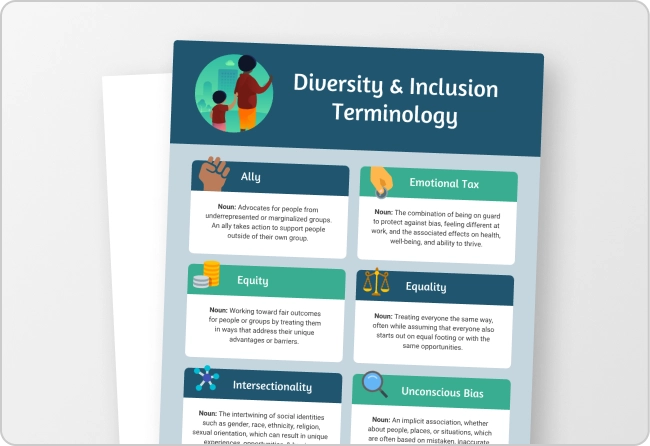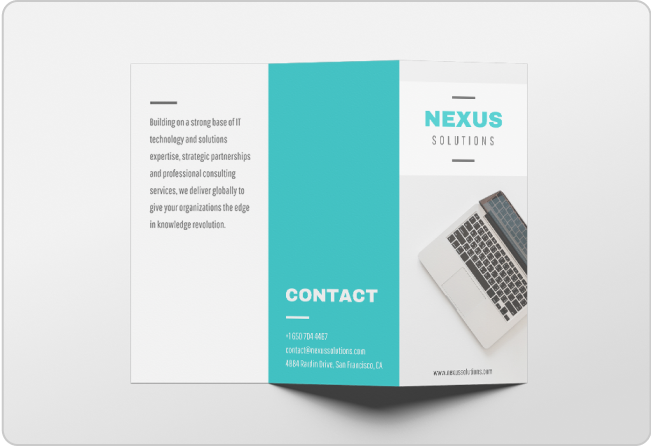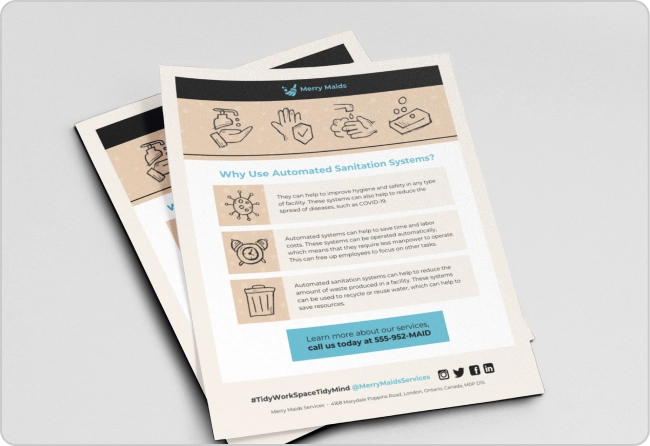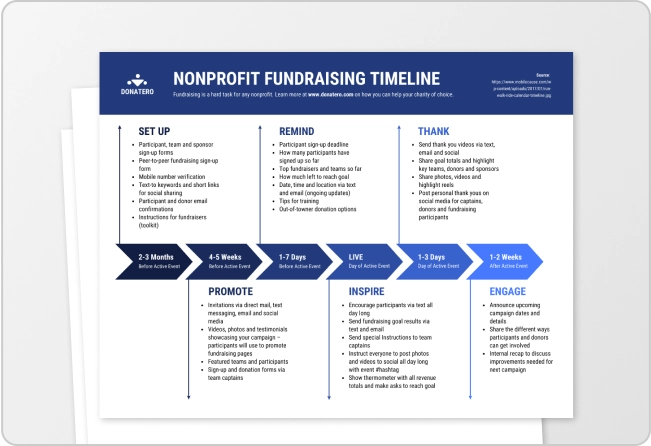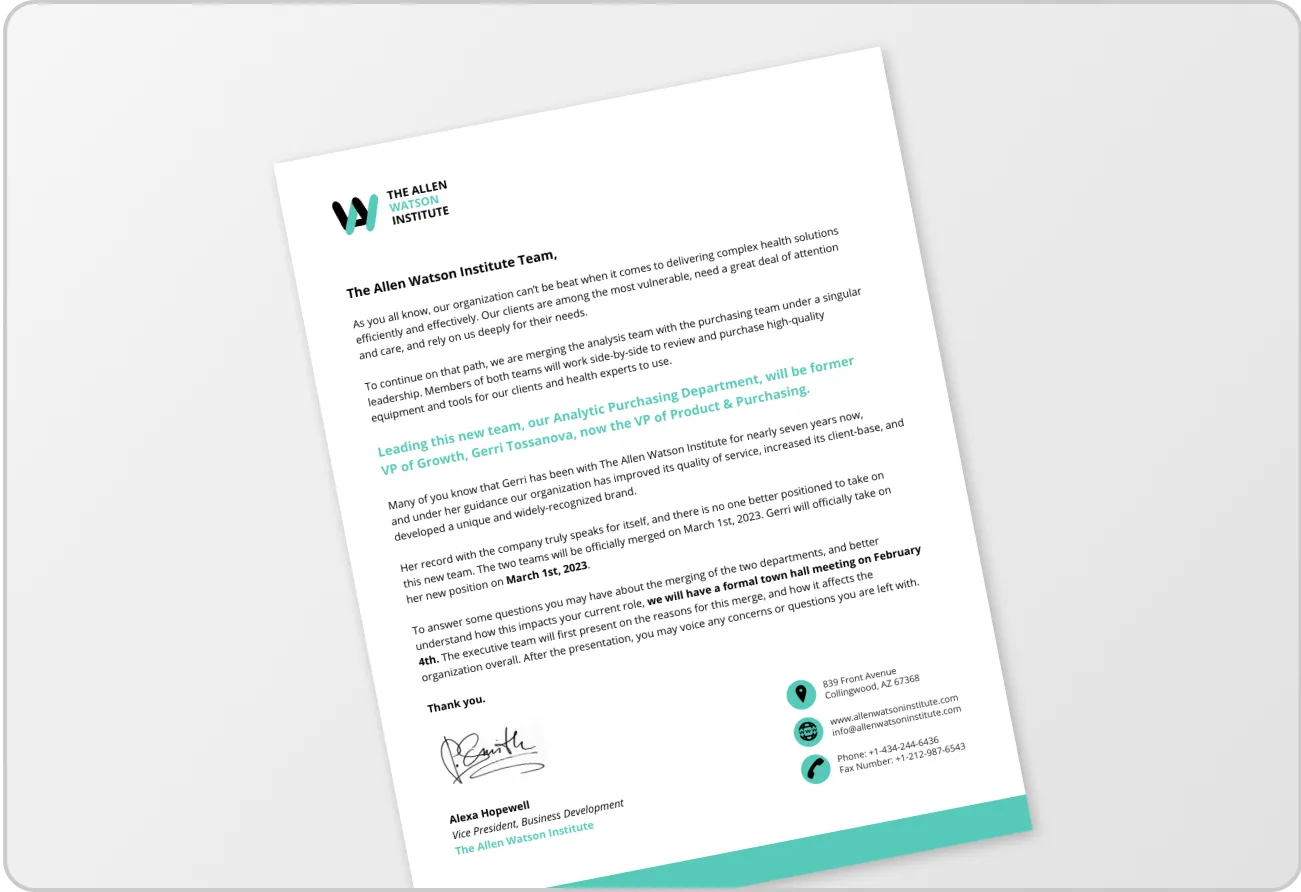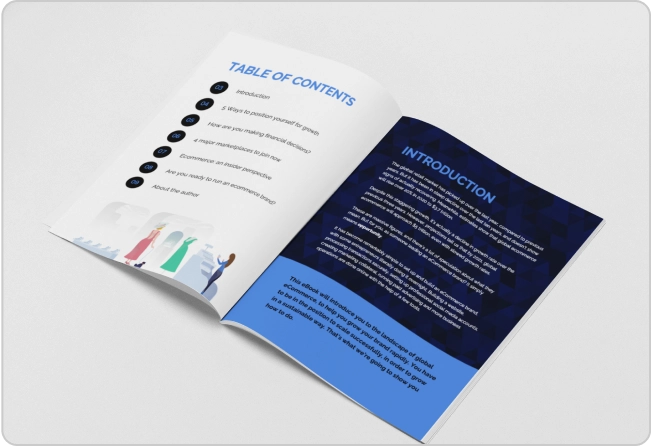Not all infographic templates you come across will necessarily be perfectly formatted for the information you are trying to visualize. In some cases, you might have a text-heavy article that you want to transform into an infographic, and at other times, you might have a lot of survey results to work with.
Sifting through mountains of templates can often be overwhelming. Even if you’re working with a designer, it can be difficult to effectively articulate what you’re looking for. But sometimes you don’t need an infographic designer to create something beautiful and effective.
The following are five types of infographic layouts that will make the process of transitioning text or data to a visual format, much easier.
1. Step-by-Step Infographic
If you’ve got an article or a “how-to-guide” that you need to visualize, the best layout to work with is a Step-by-Step or process layout. These infographic formats are great for making anything list-based, more readable and visual.
The format of this style of layout is usually a series of bullet points or numbered points, guiding the readers’ eyes down the page. This is one of the easier infographic layouts you can use and also one of the most common.
2. Roadmap Infographic
Sometimes you’ll be asked by upper management to visualize a strategy or general work flow. If this is the case, a Road Map layout will work best for the information you’re working with.
Whether this is a matter of documenting a user journey for a certain product or an overview of your company’s yearly strategic plan, the following are a few examples of useful roadmap templates.
3. Comparison Infographic
Comparison layouts are relatively straightforward in terms of meaning.
If you’ve got a document that is either outlining a before and after state, or you’re creating a brochure to compare two different products, tools or features, a comparison layout will help you visualize this information more effectively.
4. Statistical and Multi-Chart
Now, let’s assume you have a lot of survey data to work with. This is often one of the most difficult things to visualize. The reason for this is that different data can be visualized in many distinct ways.
There are a lot of possible charts you can work with. For instance, if you’re trying to visualize percentages or quantities, pie charts and bar charts are very effective and simple. You can even make use of pictograms to show ratios. But if you’re trying to depict trends or change over time, plot graphs and line charts would be more useful.
Typically, the data you will have access too will be diverse in its nature. Not all of it will always fit into the same type of graphs. In most cases, if you’re visualizing a lot of heavy data, you don’t want to bore your audience by representing that data, in the same way, every time. So it’s important to make use of different chart styles.
Statistical and multi-chart infographic layouts are often made up of varying chart styles in order to make the data visualization process a lot of more simple for you. This is the best type for infographic link building.
5. Informational
Finally, if you have mainly text-based information and you’re trying to educate your audience or inform them of a definition or concept, an informational layout would be a good fit.
These are infographics that are usually formatted with a main header block and a sequence of information following it. Usually, icons or illustrations are used to add more context to the information and help the audience get a better idea of what the content represents.
Conclusion:
Not all information can just be copied and pasted into any given infographic template. It’s important that you find a template that matches the type of content you’re working with. If you are collecting a lot of data and working on a report, a statistical and multi-chart layout would probably make the most sense for you.
Of course, if you’re trying to compare two or more themes or infographic ideas, a step-by-step layout wouldn’t make much sense to use either. The best format to use in this case would naturally be a comparison layout.
It’s also important to note that these are not the only styles of infographic layouts that exist. Some other formats include timeline infographics, resume infographic, non-profit infographic and poster layouts as well as other industry specific formats.
Whatever you do, make sure to make your infographics part of your digital business card to make them more discoverable through your official social media bios.
Just remember, take the opportunity to review your content and transform it into an outline. It will make the process of finding a layout and transitioning your information way more fluid.





























